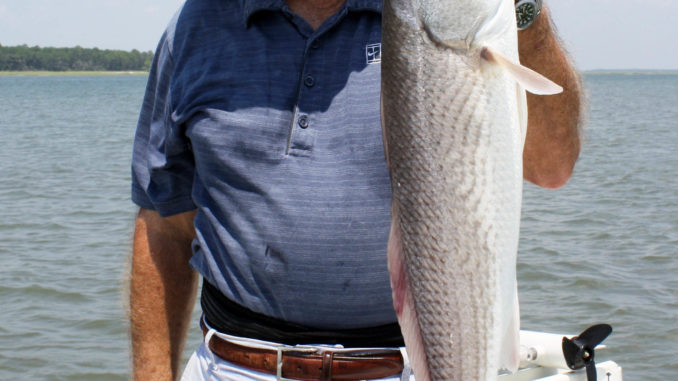
Once you have successfully fooled the wily redfish into striking your bait or lure, it’s a nice idea to make the hook stay in his jaw until you land it.
Redfish have hard mouths, and it takes an aggressive hook set to bury the hook — except when using circle hooks. Mashing down the barb with a pair of pliers is not only a good idea for safety reasons, but also because the hook penetrates more easily, and very few fish are lost after a good hook set.
Setting the hook properly is different depending on the type of tackle and hooks you are using. When fishing with standard spinning or casting tackle and lures or bait with standard J-hooks, the correct response to a strike is an immediate and powerful lifting motion. With plugs or J-hooks you don’t want the fish to swallow the bait and get hooked in the throat or stomach — which is often fatal, even to a released fish. Strike fast and hard.
When using the same gear with circle hooks and live or cut bait, an immediate powerful hook set will yank the bait out of the fish’s mouth. Let the fish swallow the bait; you can even leave the rod in a rod holder. The proper technique is to slowly and calmly lift the rod, take up the slack and let the fish hook himself. The hook will almost always slide up from the throat or stomach and embed in the outside of the fish’s jaw.
For fly fishermen,the proper technique is the “strip strike.” When the fish strikes, point the rod directly at the fish and pull back with the line hand firmly before lifting the rod. The hook will not penetrate by just lifting the rod the way it when you’re fishing for trout, no matter how hard you lift it.




Be the first to comment